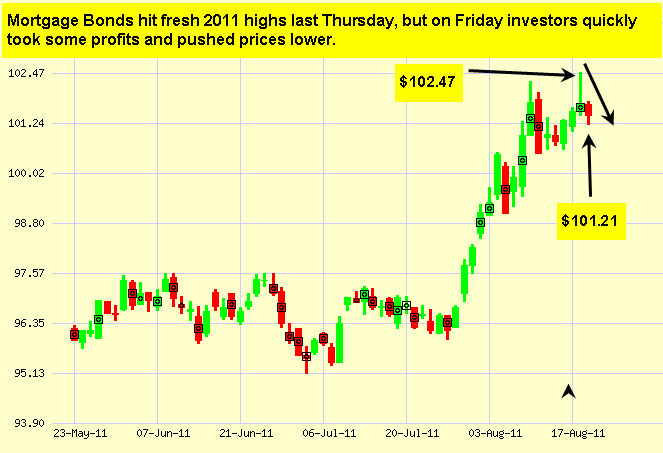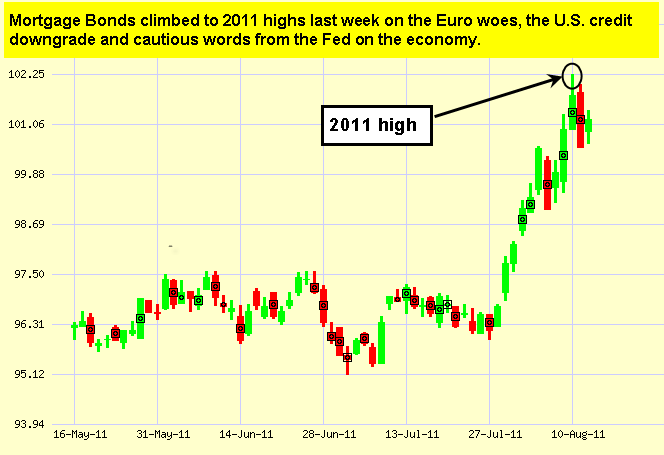| Focus to Finish: A Mindset
By Jason W. Womack, MEd, MA When it's time to sit down and work on your work, how do you hold your focus? Over the past 5 months I've been working on the book. In that time, I've tried it ALL! I've planned extra days in hotel rooms, blocked time on the calendar, hired editors, I've even kept the calendar completely clear for one 3-day stretch, all to buy a little extra time to write. Here's what I've learned (or deepened my understanding of) over the past several months: 1. I've got to have a solid "start point." When I sit down to write, it helps a TON if I've already decided WHAT I'm going to draft in that session. Now, EVERY time I do this, the topic is expanded on, but...I don't waste any time getting started. I sit down. I write. 2. I (and this is me, what about you?) need to have some finish line in mind. And, it can't be time. I don't know why, but saying to myself, "I'm going to write until 3:45pm" just doesn't get me going as much as, "I'll take my next break after I've written 3,000 words." A starting line. A finish line. Maybe that's why I like triathlons so much! Jason W. Womack is an author and advisor, and founder of The Womack Company, a productivity-training firm based in Ojai, California. Jason's next book will be published in January 2012. Pre-order copies today at http://www.amazon.com/Your-Best-Just-Got-Better/dp/1118121988/ref=sr_1_1?ie=U... .
--------------------------
Remember, as a general rule, weaker than expected economic data is good for rates, while positive data causes rates to rise. Economic Calendar for the Week of August 22 - August 26 | Date | ET | Economic Report | For | Estimate | Actual | Prior | Impact | | Tue. August 23 | 10:00 | New Home Sales | Jul | 310K | | 312K | Moderate | | Wed. August 24 | 08:30 | Durable Goods Orders | Jul | 2.0% | | -1.9% | Moderate | | Thu. August 25 | 08:30 | Jobless Claims (Initial) | 8/20 | 400K | | 408K | Moderate | | Fri. August 26 | 08:30 | Gross Domestic Product (GDP) | Q2 | | | 



